Asia/ China/ 12.05.2020/ By: Joshua Kobb/ Source: global.chinadaily.com.cn.
The global higher education market was valued last year at $65.4 billion and has been projected to reach $118 billion by 2027.
International education represents a large part of learning activities and is a major source of tuition revenue from nondomestic students. In 2018, nearly 1.1 million foreign students were studying in the United States. Of them, 34 percent came from China, representing approximately $11 billion in fees.
Over the past several years, trends in student mobility have been changing. The US, while still the largest destination for foreign students, has seen the rate of increase in foreign students fall since 2014. As a result, some institutions have seen tuition revenue drop more than 25 percent.
With the global rise of nationalism and protectionism, students have adjusted their choice of destinations, favoring host countries with perceived greater safety and better post-study job opportunities. In a recent survey, 87 percent of high school college counselors in China reported that students and parents were reconsidering plans for studying in the US.
The COVID-19 crisis is exacerbating these trends. In the immediate term, outbound students will experience difficulties in obtaining visas, and many campuses are questioning whether they will open their fall semesters for on-site classes. In the medium term, outbound students will explore destinations closer to home, as well as foreign collaborative programs in their home countries.
Faced with this business challenge, the pursuit of an offensive delocalization strategy makes sense for universities. While delocalization generally refers to moving resources overseas, two different forces of delocalization can be identified: defensive and offensive.
In the former, a company moves resources overseas to benefit from lower production costs. In the latter, resources are moved overseas to better serve international markets. This may be due to reducing barriers to consumption or localization of the product or service to make it more attractive. An example of this strategy can be found in the Disney company, which gambled on a larger market interested in a Disney experience closer to their homes. Tokyo, Paris, Hong Kong and Shanghai now figure prominently in the offer, with each localized to some degree.
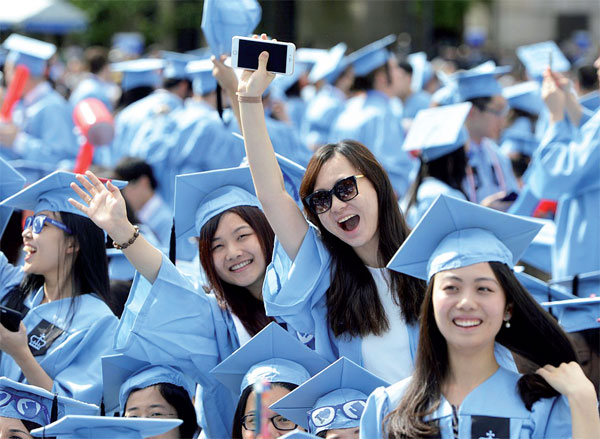
In the new normal, faced with looming declines in international student enrollments and subsequent loss of tuition revenue, the pursuit of an offensive delocalization strategy makes sense for higher education. This translates into the establishment of overseas campuses, allowing institutions to attract and serve international students more effectively by creating market proximity and reducing barriers to a US education.
This strategy is not new in higher education. INSEAD, the Sorbonne and HEC Paris, for example, operate international campuses. New York University opened its third overseas campus in Shanghai in 2013. Of the 1,600 current students, 50 percent are from China.
Chinese universities provide important support for foreign collaboration in China. NYU Shanghai is jointly established with East China Normal University, and Duke Kunshan University is a partnership with Wuhan University.
Zhejiang University recently established an international campus as a platform for university and program-level cooperative partnerships.
With an international business school and joint institutes with the University of Illinois at Urbana-Champaign and the University of Edinburgh, the new ZJU campus will host multiple foreign collaborative initiatives.
With close to 1 million outbound students per year from China, the nation is the largest single source of international students in the world. At the same time, China has become the third-largest destination for foreign students, thanks to opportunities from the Belt and Road Initiative.
Future development in transnational education will likely see an increase in the establishment of overseas campuses and university-level collaborative programs in China as a way to serve outbound domestic students and international students looking for new destination opportunities.
For institutions relying on tuition revenue from international students, in particular those in the US, delocalization to China should be a strategy to consider.
Source of the notice: https://global.chinadaily.com.cn/a/202005/12/WS5eb9fc91a310a8b241154f1a.html

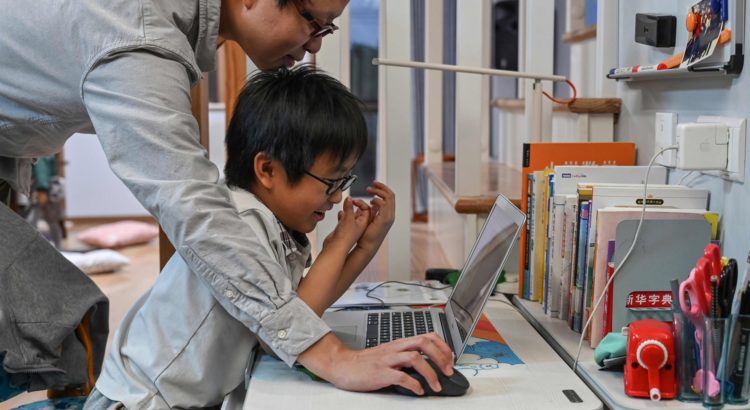


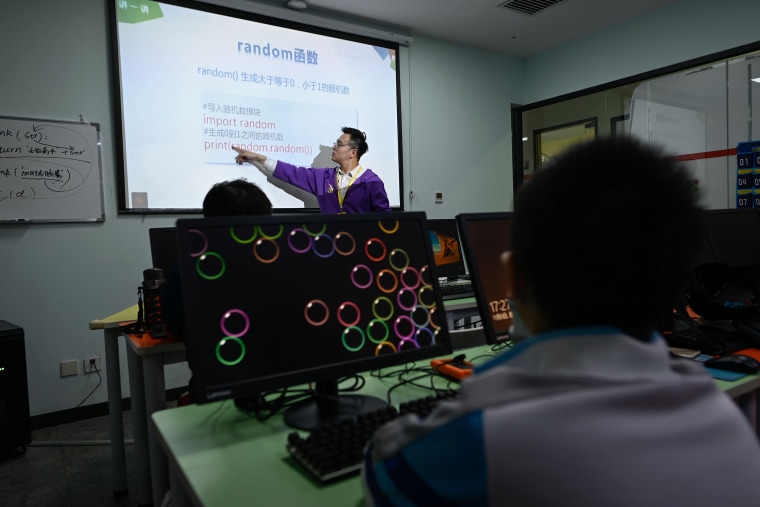
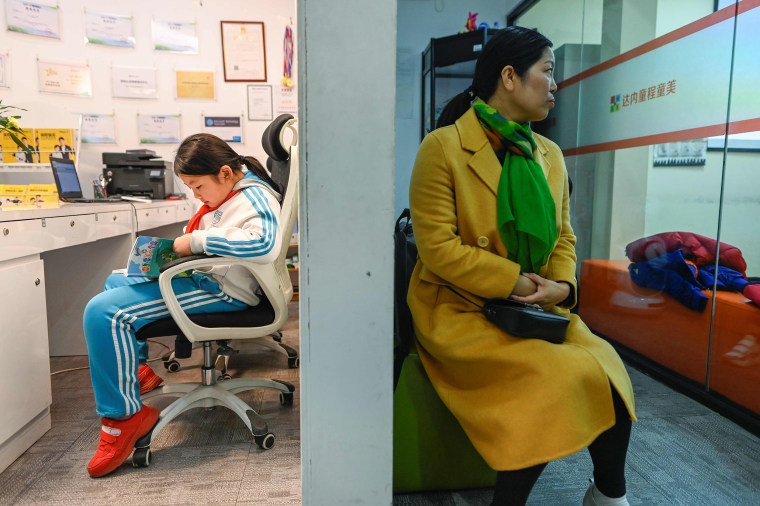
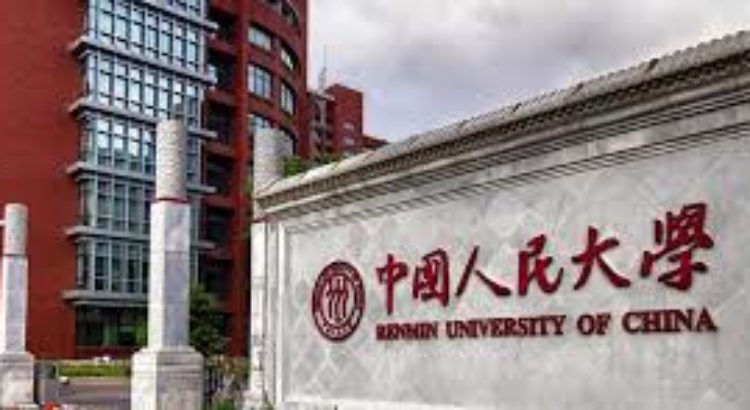







 Users Today : 14
Users Today : 14 Total Users : 35460277
Total Users : 35460277 Views Today : 19
Views Today : 19 Total views : 3418987
Total views : 3418987